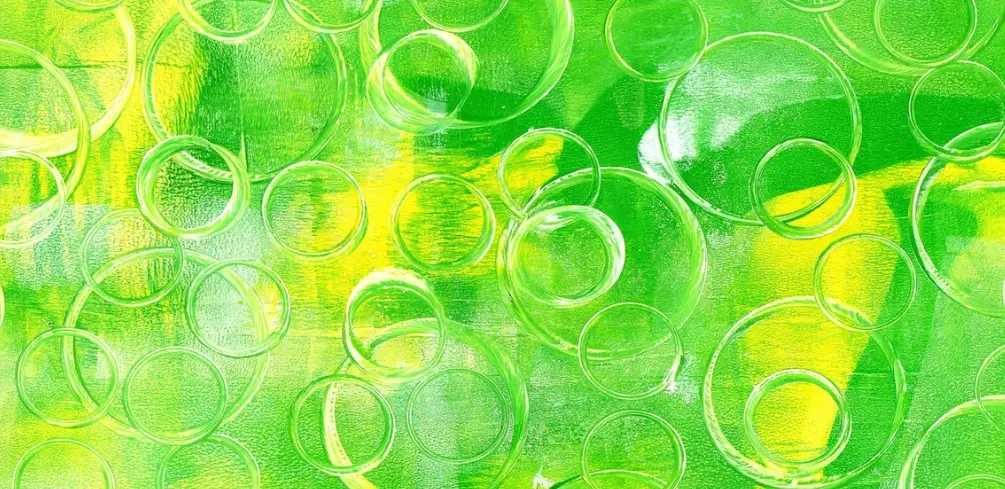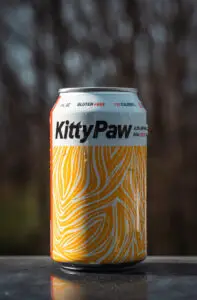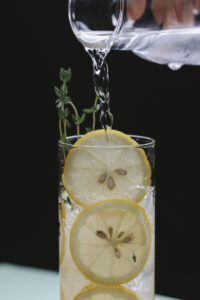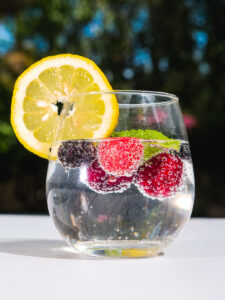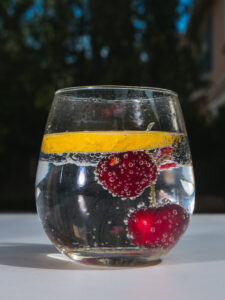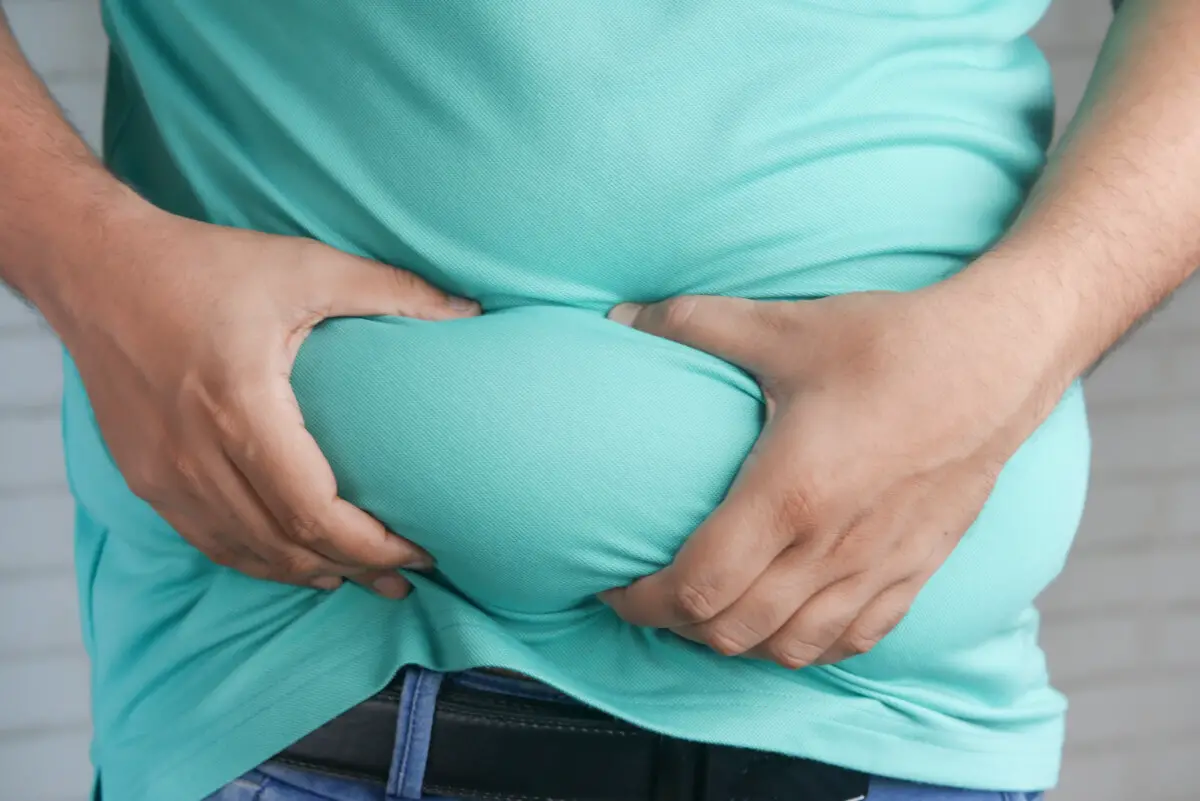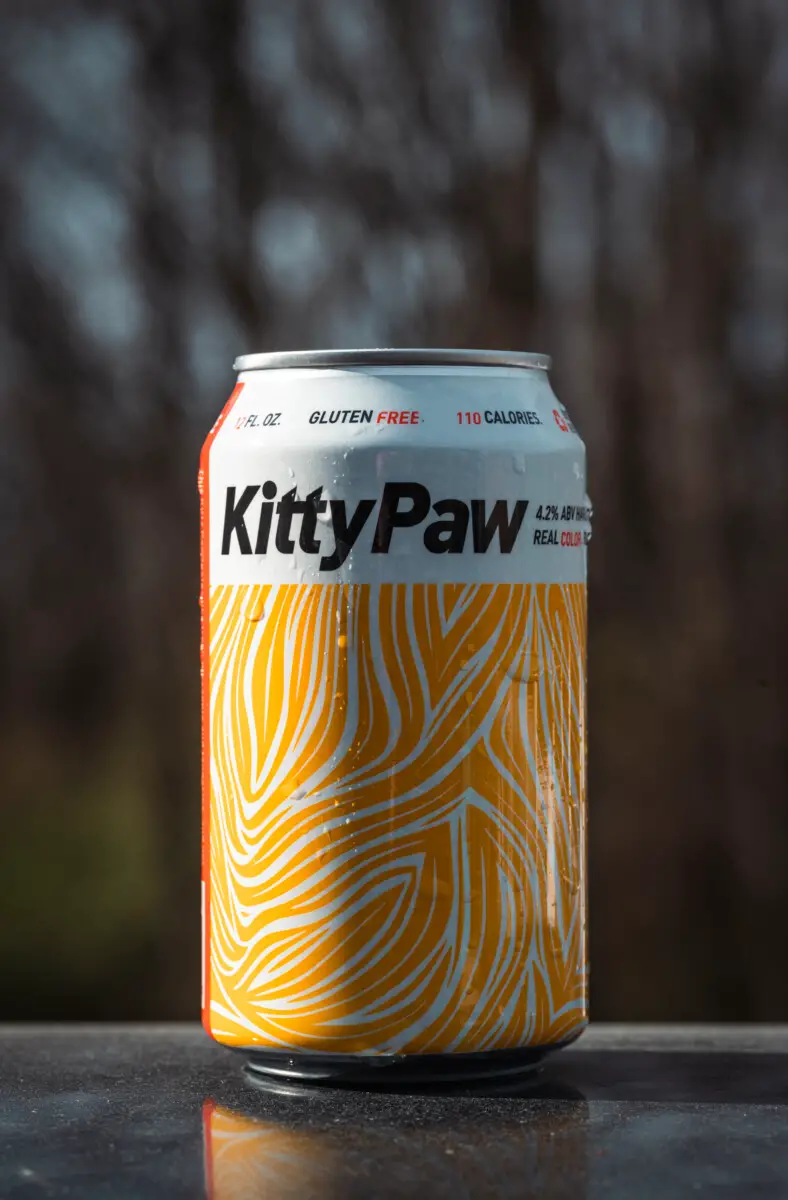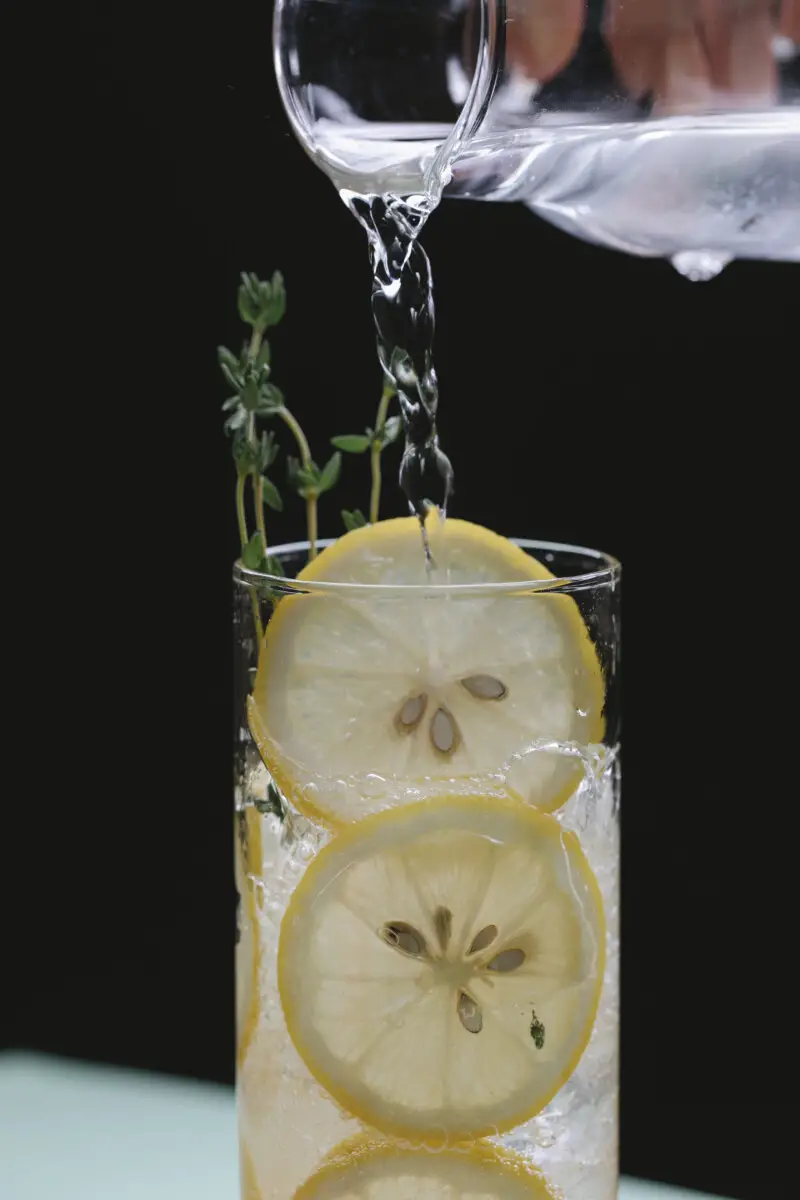Amazon Affiliate Disclaimer
As an affiliate, we earn from qualifying purchases. We get commissions for purchases made through links in this post.
What Type Of Mixture Is Carbonated Water?
When determining the type of mixture in popular drinks, one example of an utterly homogenous mix is a carbonated soft drink. There is complete and total distribution of all components throughout the substance. Every bit of the sugar, carbon dioxide, water, and whatever else goes into a soft drink is spread around evenly. If this is the case, what kind of mixture is carbonated water?
- What Type Of Mixture Is Carbonated Water?
- What Exactly Is Carbonated Water?
- What Kind Of Mixture Is Carbonated Water?
- Why Is Carbonated Water Homogeneous?
- Is Bubbling Carbonated Water A Mixture Or A Compound?
- When Can Carbonated Water Be Considered A Heterogeneous Mixture?
- Making Carbonated Water: The Process
- Conclusion
What Exactly Is Carbonated Water?
Carbonated water is plain old water into which carbon dioxide gas has been pressurized and infused. You get a carbonated beverage that goes by many names, including soda water, seltzer water, sparkling water, and fizzy water.
Most beverages, with the exception of seltzer, have salt added to them to improve their taste. Sometimes, other minerals are included, but only in minute quantities. Carbonated water with the addition of quinine, a compound with a bitter taste, is known as tonic water. Typically, tonic water also contains sugar or high-fructose corn syrup.
Minerals like sodium are commonly added to carbonated water. Carbonic acid, formed from carbon dioxide and water, is a weak acid that has been shown to activate the same taste bud receptors as mustard.
This causes a stinging feeling that many people find both irritating and enjoyable. Carbonated water has a pH of around 3, making it slightly acidic. While carbonated water is acidic, your body’s pH remains relatively constant at a slightly alkaline level no matter what you drink.
What Kind Of Mixture Is Carbonated Water?
Carbonated water is considered a mixture, which indicates that it comprises two or more distinct types of compounds. Carbonated water can be made with just carbon dioxide and water.
Due to the solution’s apparent single-phase (liquid) nature, carbonated drinks are considered homogeneous (single-phase) mixtures.
Both homogeneous and heterogeneous mixtures exist. Distinct parts of a heterogeneous mixture can be seen, while those of a homogeneous one doesn’t alter the mix’s overall appearance. Carbonated water is an example of a solution, which is a homogeneous mixture that, based on the characteristics of the components, can take the form of a solid, liquid, or gas.
Why Is Carbonated Water Homogeneous?
Carbon dioxide gas is dissolved in liquid water to create carbonated water. The mixture can be classified as heterogeneous when the gas bubbles are structurally separate. However, since gas bubbles are typically not observably separate, the mixture is generally categorized as homogenous.
All the ingredients in a homogeneous mixture are dispersed uniformly throughout. Every bit of the carbon dioxide, sugar, water, and whatever else goes into a soft drink is spread around evenly.
Is Bubbling Carbonated Water A Mixture Or A Compound?
Usually, distinct individual components of a homogeneous mixture are invisible to the naked eye. Carbon dioxide bubbles form in a soft drink as it is poured into a glass. If you do this, you’ll see that the gas is isolated from the other components. In this case, the carbonated water is no longer a homogeneous blend but a complex array of elements.
When Can Carbonated Water Be Considered A Heterogeneous Mixture?
Carbonated drinks, such as soda water, contain liquid and gases like carbon dioxide. When the gas bubbles are structurally separate, the mixture is considered heterogeneous. Nonetheless, since gas bubbles are not observably separate, the mixture is typically categorized as homogeneous.
Making Carbonated Water: The Process
There are essentially two primary techniques used to create carbonated beverages. All of the necessary ingredients for the drink are mixed in the premix system, and then the finished volume of the product is chilled and carbonated in some way.
Carbonated waters include beverages like soda, seltzer, and sparkling water. Carbonated water is produced when carbon dioxide gas is injected into water under high pressure. This process creates the characteristic microbubbles that are associated with carbonated water. But how exactly is carbonated water produced?
To begin, you’ll need some carbon dioxide. Carbon dioxide is one of the most common gasses in the atmosphere, and it has no discernible odor, color, or combustibility. It can be found in solid, liquid, or gaseous forms and plays a vital role in many chemical operations, including refrigeration and cooling. When carbon dioxide gas is introduced to regular, still water at high pressure, the result is bubbles.
As long as the pressure is kept constant, carbonation of water can occur. If you like the feeling of carbonation on your tongue but are attempting to reduce the number of sugary sodas you consume, self-carbonating water may be an option. These hardy bubbles can be produced with nothing more than some pressure, some surface contact, and some cold water.
Take note that the rate at which the carbonation in the beverage is lost increases when the water used in the process is warmer. This is because at higher temperatures, the molecules of carbon dioxide, like all molecules, become significantly more active and can escape.
To keep the serving pressure at around 12 PSI when using a carbon dioxide tank to carbonate water, the gas regulator valve must be set to 55 PSI. It is essential to remember that the carbonation level of most commercially available carbonated waters is only about 20 PSI, which is not even close to being enough to keep the water fizzing after it has been poured out and consumed.
Carbonation has the additional benefit of altering the flavor of water, providing it with a distinct tang that many people appreciate. This is something that a lot of people value. The burning sensation is due to carbonic acid, formed when carbon dioxide dissolves in water and then reacts with the water to form carbonic acid. The burning sensation is caused by carbonic acid. This acid, despite having a low concentration, is what causes the fizziness that is desired.
Conclusion
Carbonated water is a better and healthier alternative to sugary soft drinks. It’s a mix of carbon dioxide and water. It’s a mixture because its constituent parts can change, and no chemical bonds hold them together.
Read also:
- Embracing the Essence: Discovering Natural Mineral Water Sources

- Nourishing the Soul: Mineral Water for Enhanced Digestive Wellness

- Sparkling Mineral Water: Effervescence for the Soul
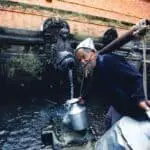
- Revitalize Your Day: 7 Tips for a Refreshing Hydration Experience with Mineral Water

- Mineral Water Benefits: Exploring the Health Benefits of Drinking Mineral Water

- How to Choose the Healthy Drinks with Mineral Water: Refreshing and Nourishing Options

Please be careful and use at your own risk
None of the authors, contributors, administrators, or anyone else connected with Water Exotic, in any way whatsoever, can be responsible for your use of the information contained in or linked from these web pages.

